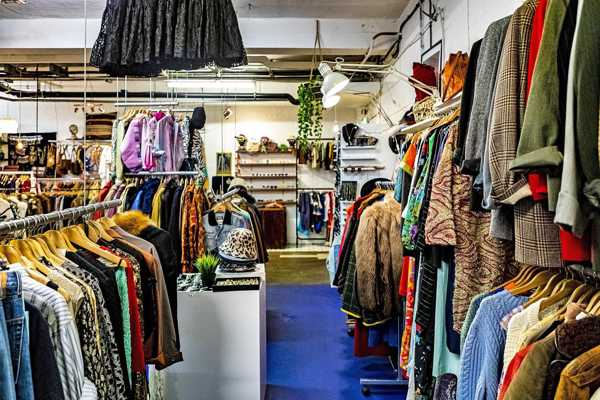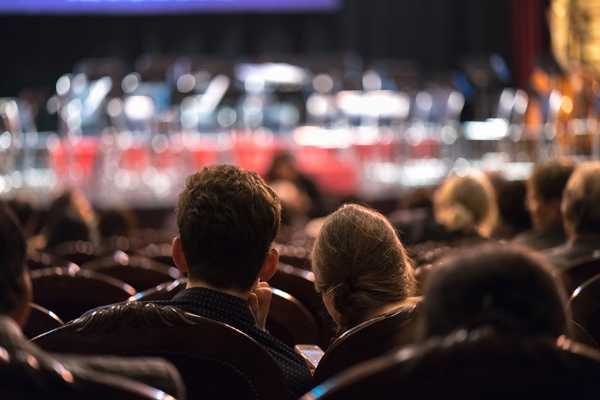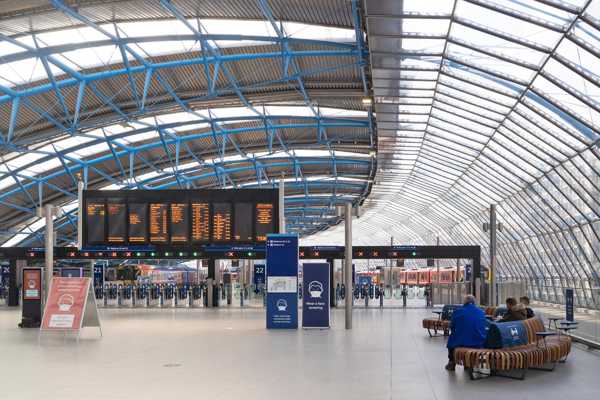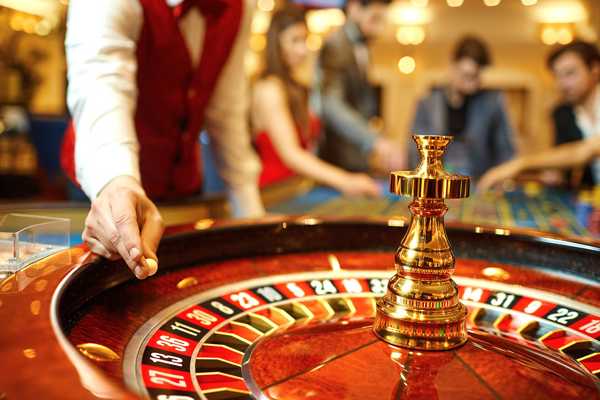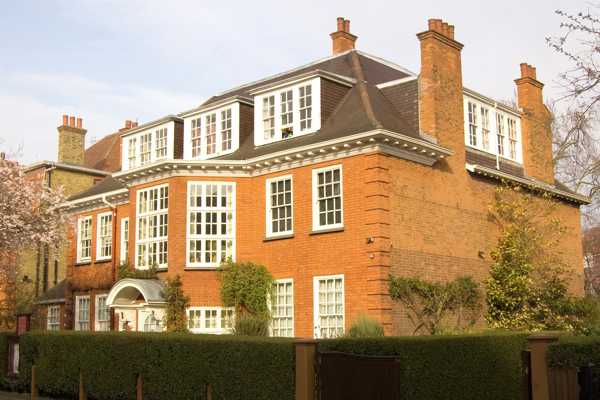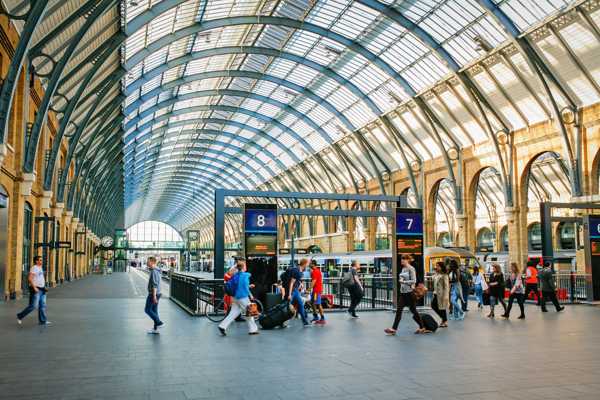The London Eye is one of the world’s tallest Ferris wheels, or cantilevered observation wheels, and one of the highest observation decks in the English capital. On a clear day, you can see for up to 25 miles from the top of the London Eye, allowing you to see almost all the City’s landmarks as well as distant attractions like Windsor Castle.
The London Eye was designed and constructed to commemorate the turn of the millennium. Even though it was initially purposed to be a temporary structure, it has become a permanent fixture due to its popularity. On average, the London Eye attracts around 3.5 million visitors every year, making it one of the most popular paid tourist attractions in the world.
Whether you want to relish views of London’s skyline, learn about the City’s architectural masterpieces or simply pay a visit to a modern icon of the capital, you won’t regret taking a ride on the London Eye.
London Eye - one of the highlights of 11 Best Family Things to Do in London and 13 Most Instagrammable Places in London (Read all about London here)
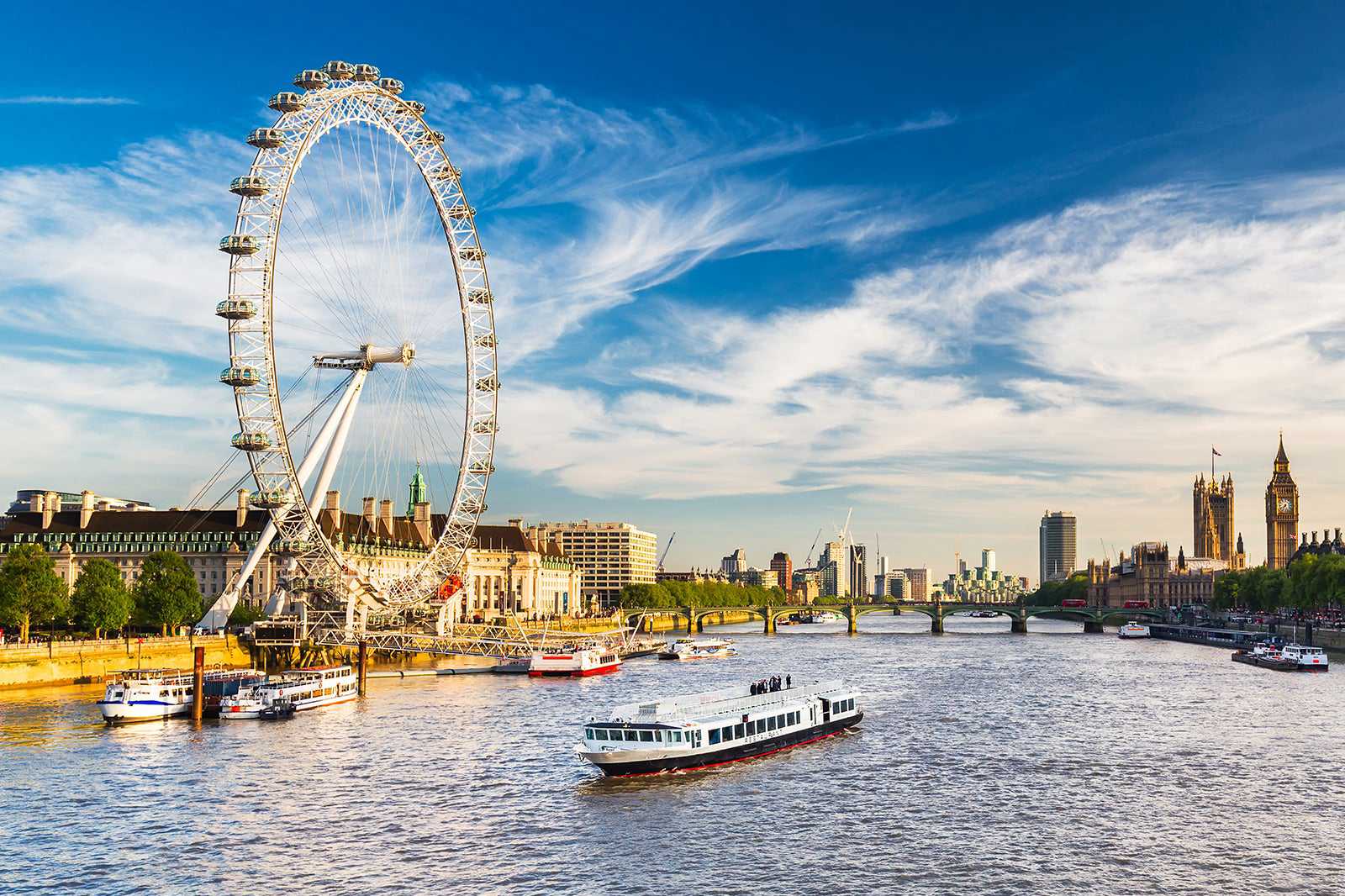
What are the highlights of the London Eye?
One complete rotation of the London Eye takes about 30 minutes, but you can see the best bird's-eye views of the City of London for about 10 minutes as your capsule reaches its maximum height of 443 ft. Even on a rainy day, you can clearly see nearby landmarks like Westminster Abbey, Big Ben, The Shard, Buckingham Palace, the Thames, and the Houses of Parliament. On clear days, you can easily spot the O2 Arena to the east and Wembley Stadium to the west.
Inside each of the London Eye’s 32 air-conditioned capsules, there are diagrams and tablets that point out and detail London’s most prominent attractions and landmarks. Each capsule accommodates up to 25 visitors, though capsules are also available for private hire. Some ticket packages include wine and champagne sampling, personal hosts, or chocolate and truffle tasting.
Admission tickets include entry to The London Eye 4D Cinema Experience, giving you the chance to learn the story behind this iconic attraction complete with special interactive effects. We recommend setting aside 2 hours to enjoy the London Eye and the 4D Experience.
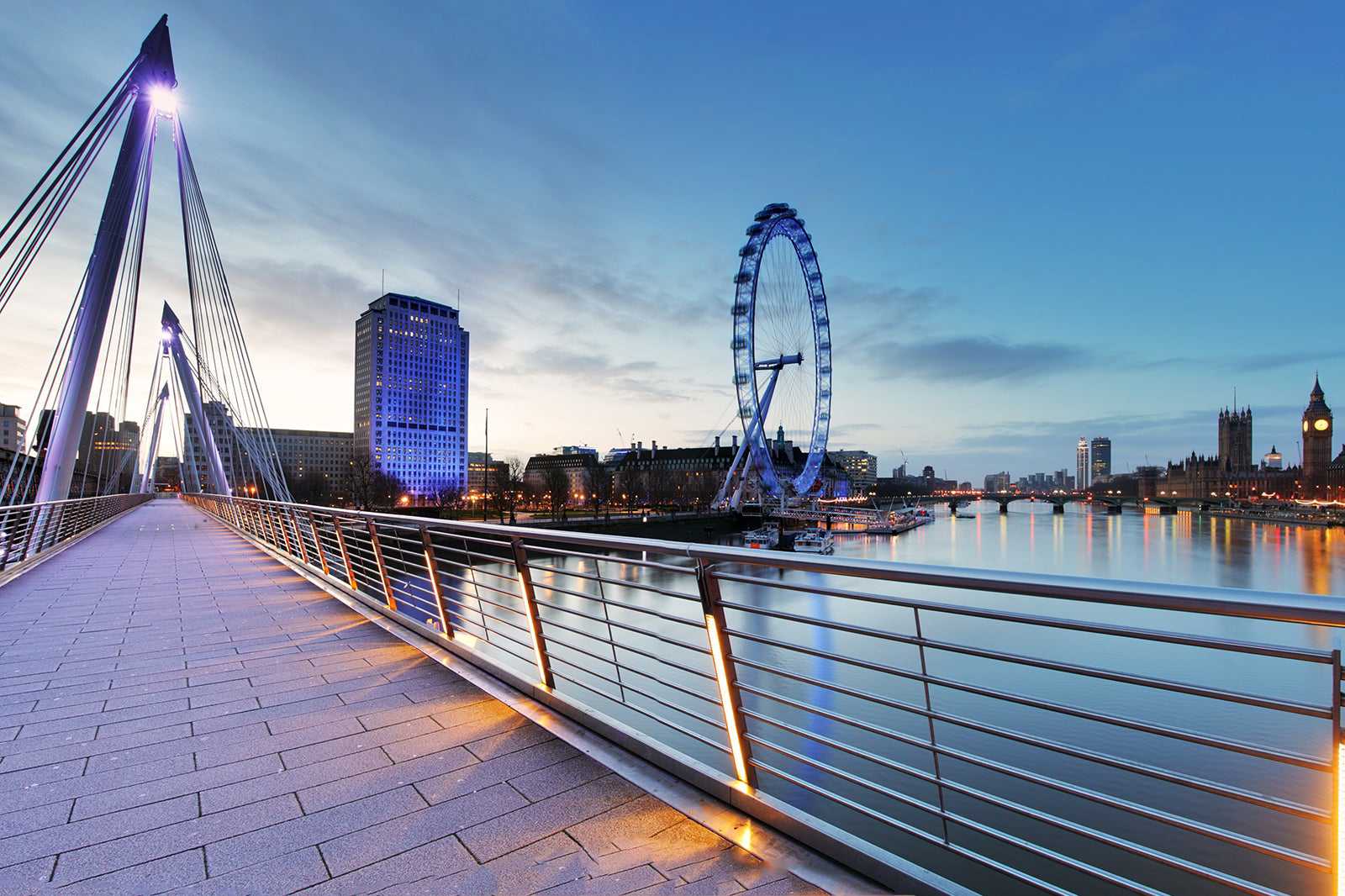
A brief history of the London Eye
The London Eye was officially opened on December 31, 1999 by then Prime Minister Tony Blair. It was conceived by husband-and-wife team David Marks and Julia Barfield, taking over 7 years and £75 million to design and construct. At the time of its opening, it was the world’s tallest observation wheel, and it has since served as the inspiration for other observation wheels in cities like Seattle and Las Vegas.
Over the years, the London Eye has been used for a number of special events. In 2013, each capsule was transformed into a rotating nightclub, featuring performances from stars including Mark Ronson, Lily Allen and Richie Hawtin. To mark its birthday in March 2020, the capsules were transformed into experiences. One pod featured a traditional British pub while another became a temporary West End Theatre.
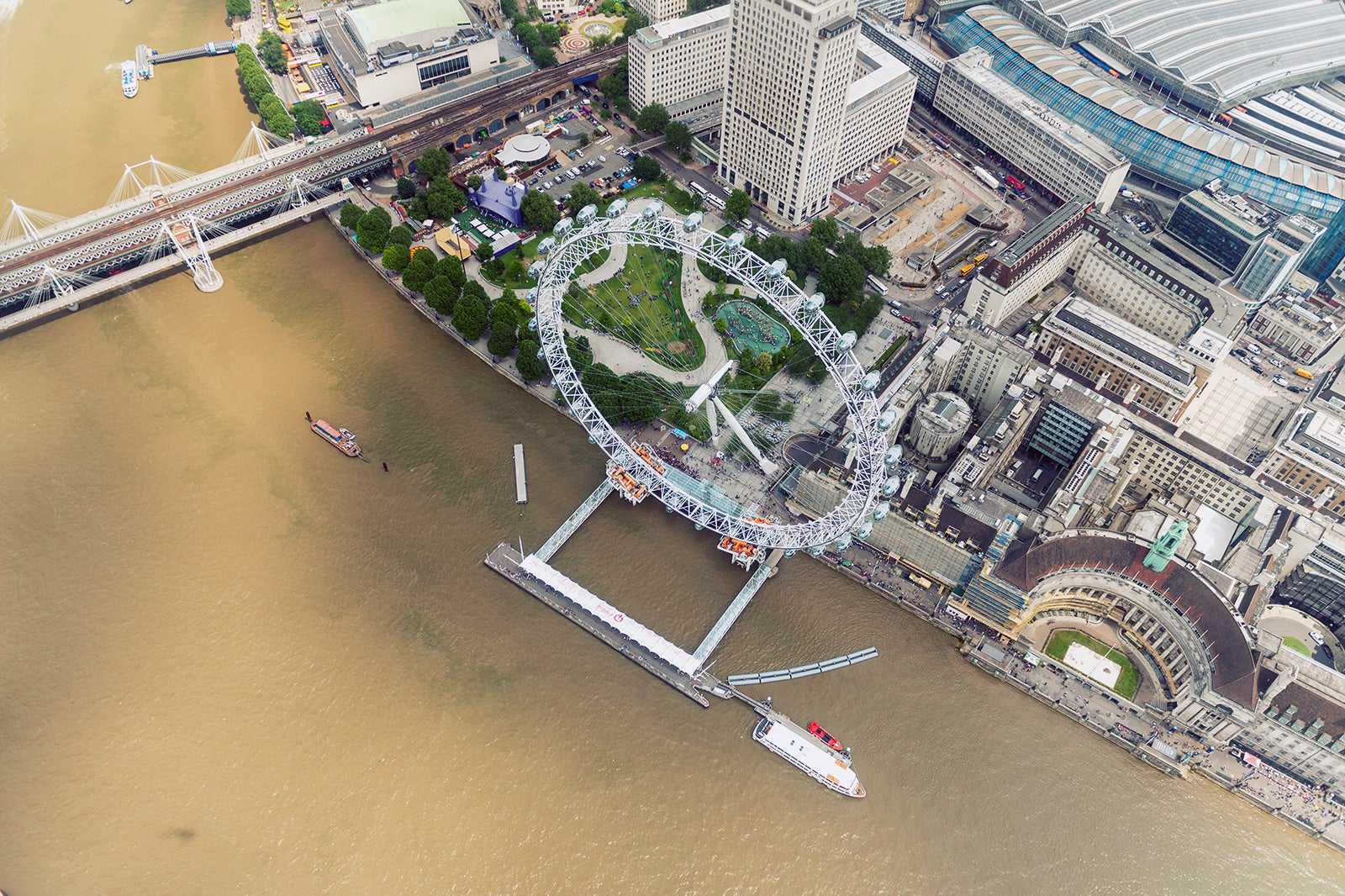
Good to know about the London Eye
Besides Christmas Day, the London Eye is open to the public daily, though opening times can vary depending on the season. Throughout winter, London’s iconic observation wheel usually remains open from 10 am to 8.30 pm. In summer, the London Eye closes at 9.30 pm. We recommend booking your London Eye Tour in advance as opening times are subject to change at short notice, though it operates for extended hours on special holidays such as Valentine’s Day and New Year’s Eve.
Book your ticket in advance if visiting during the summer to avoid long queues. Beat the crowds by booking a capsule during the evening hours or arriving 30 minutes before the London Eye opens.
Waterloo tube station is less than 5 minutes from the London Eye on foot. Head to Westminster station instead, and you can admire views of the London Eye and the Thames while crossing Westminster Bridge.
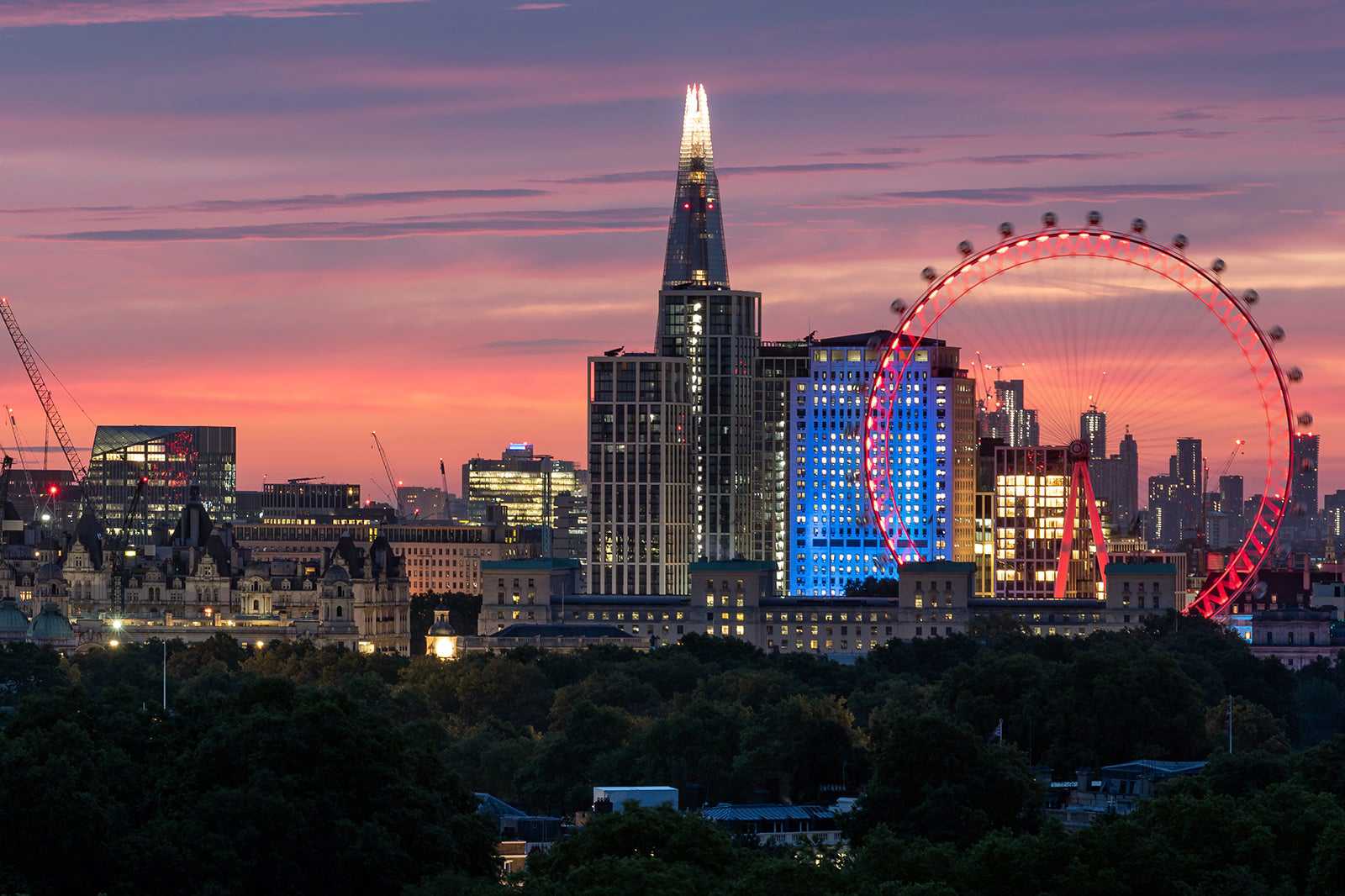
London Eye
Posizione: Riverside Building, County Hall, South Bank, London SE1 7PB, UK
Telefono: +44 (0) 20 796 78021












